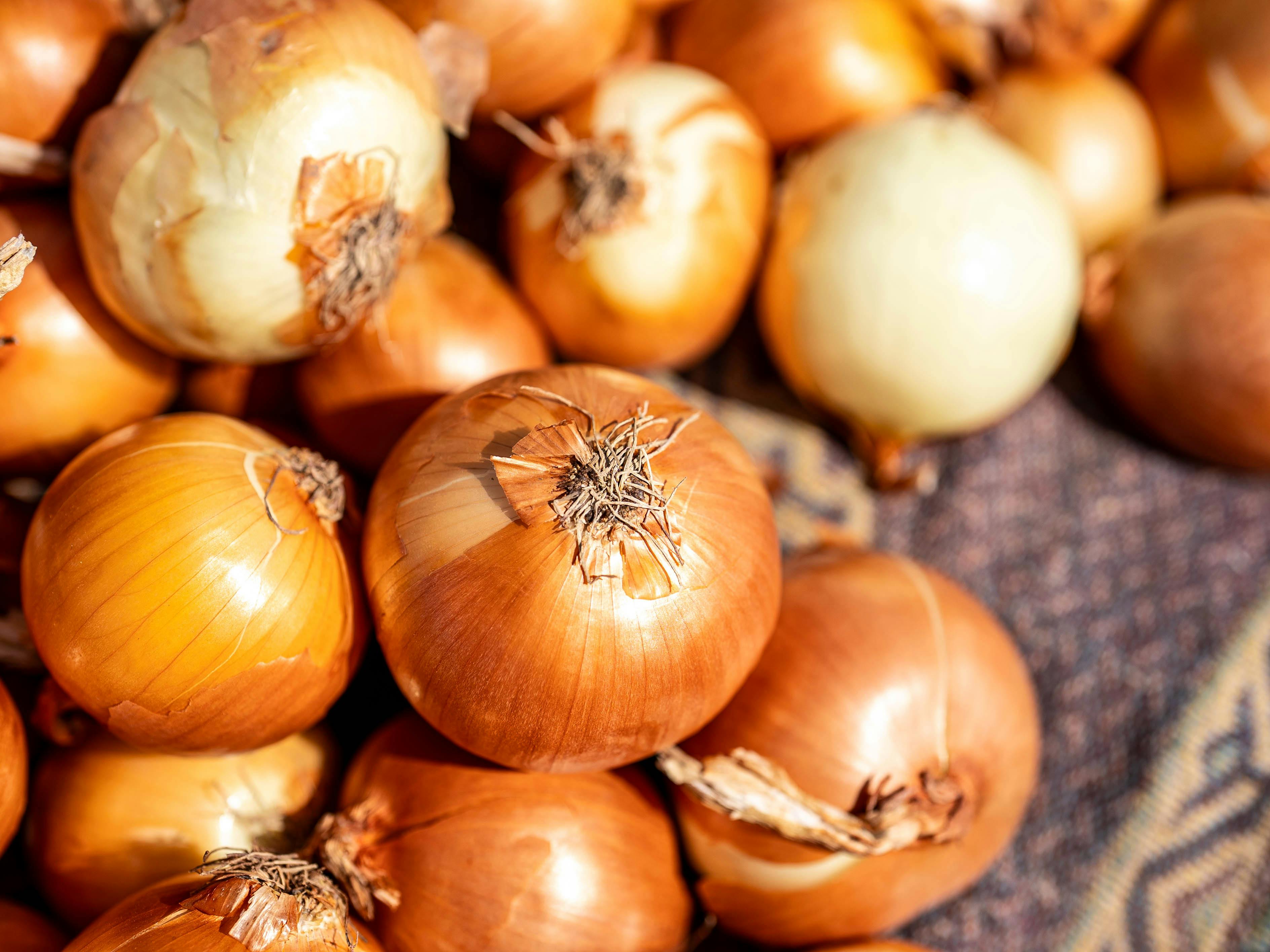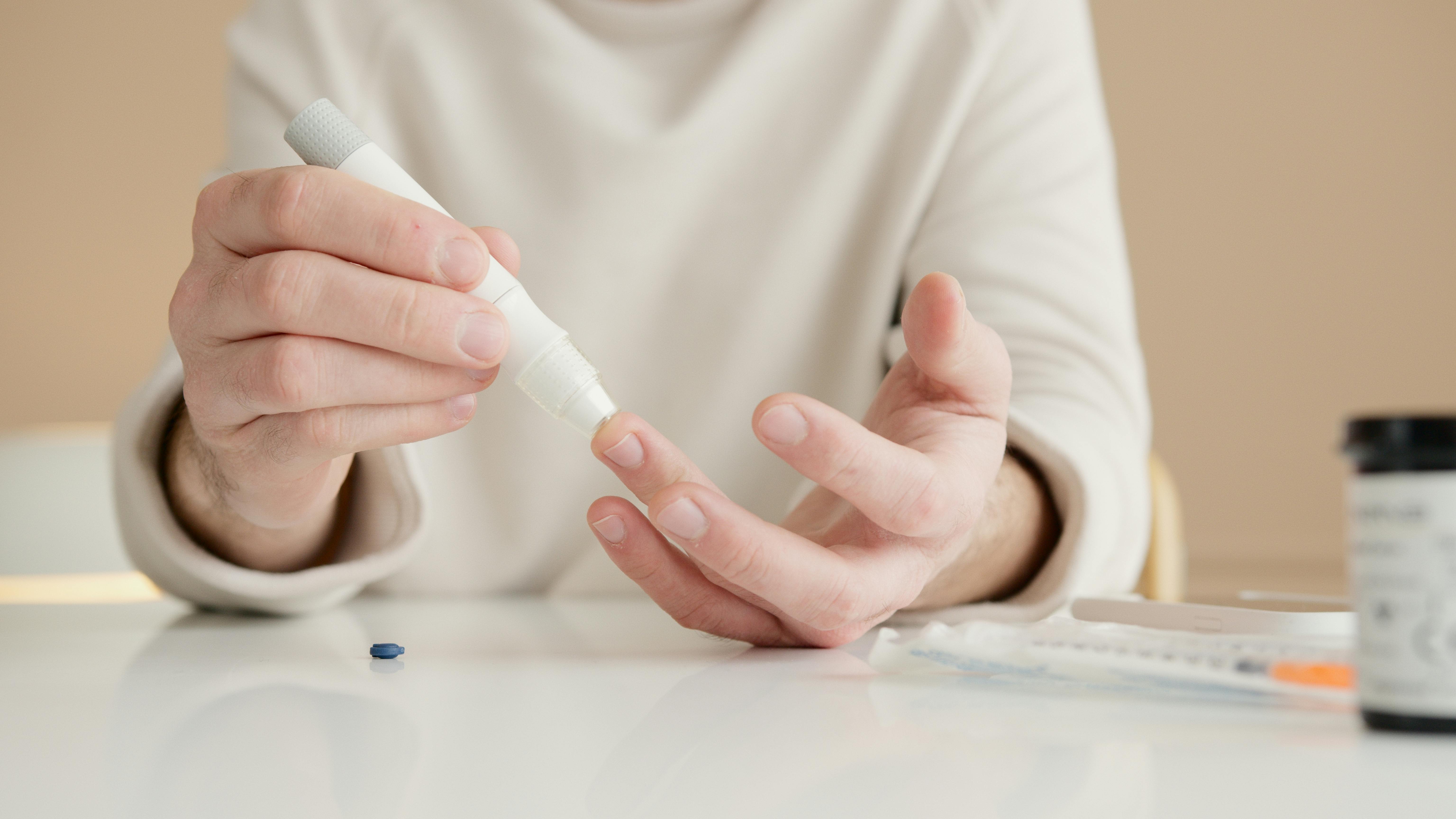Essential Guide to How to Make Blue Shades in 2025
Understanding how to make blue shades is crucial for artists, designers, and anyone interested in color theory. Blue is a versatile color, occupying a prominent place in art and design communities due to its emotional resonance and wide variety of shades. In this guide, we'll delve into the depths of mixing colors to achieve the perfect blue hues, ranging from vibrant and pastel tones to deep, dark variations. Furthermore, we'll explore painting techniques and color mixing methods that create unique blue pigments for various projects.
The importance of blue in art cannot be overstated; it plays a significant role in conveying feelings and meanings. Whether it's the calming nature of a pastel blue or the striking impact of a deep blue, understanding how to create and utilize blue shades will aid you in your artistic endeavors. We will also cover practical tips on using blue in different mediums, including acrylic painting and watercolor techniques.
By the end of this article, you'll have gained valuable insights into achieving your desired blue, whether you're experimenting with mixing paint for blue-toned artwork or designing with blue accents in your home décor. Let's embark on this colorful journey through the spectrum of blue.
Key Takeaways: Learn how to mix primary colors to create blue, explore various shades of blue, and gain insights into blue color usage in art and design.
Understanding the Color Wheel and Blue Shades
Building on our exploration of color, the color wheel is a fundamental tool that aids in our understanding of blending primary colors to create secondary and tertiary hues, including various shades of blue. The color wheel is not just a practical guideline; it also serves to illustrate the relationship between colors, specifically how blue interacts with other colors in the spectrum. When you visualize this interaction, you can easily identify which pigments will enhance your blue shades or create the desired effect in your artwork.
For artists, knowing the blue color wheel helps in mixing blue with colors like yellow to achieve a bright, vibrant green or red to create purple, emphasizing the versatility of blue in artistic endeavors. Each shade of blue, from sky blue to navy, has unique undertones that can significantly affect the overall aesthetic of a painting. This nuance is particularly essential when working on projects that demand precision in color selection, such as branding or interior design.
The psychology of blue also plays a vital role in how these shades are perceived in the viewer's mind. The different blues evoke various emotions, making it essential for artists to choose the appropriate shade for their intended message.
The Role of Blue in Color Mixing
When exploring how to mix primary colors to create a stunning blue, understanding the properties of blue pigments is paramount. Blue pigments can be derived from several sources, including cobalt blue, ultramarine, and Phthalo blue, each carrying different attributes and mixing characteristics. For example, ultramarine provides a more muted and natural blue, often used for landscapes, while Phthalo blue can yield a vibrant, deep hue ideal for dramatic effects.
Experimenting with different ratios of yellow and red can lead you to create a myriad of blue shades through mixing. The balance between these colors will influence blue's vibrancy and tonal quality. This experimentation not only builds confidence in color mixing but strengthens your ability to achieve your desired result in your projects.
Impact of Blue Undertones on Art
The presence of undertones in blue can significantly alter its appearance and impact in your artwork. For instance, a blue with green undertones may evoke a coastal vibe, while a blue with gray undertones can add depth and sophistication. Understanding and identifying these undertones will empower you to craft personalized blue designs that resonate with your audience.
Moreover, when creating blue color schemes for artworks, it’s essential to consider how different shades interact with each other. A soft pastel blue can create a calming atmosphere when paired with bright white, while a vibrant blue can contrast beautifully against warm colors like oranges or yellows, generating a more dynamic composition.

Mixing Techniques for Achieving the Perfect Blue
With these fundamentals established, let's move into some practical mixing techniques that will help you craft a variety of blue shades for your art projects. Understanding the different methods of mixing blue paints can make a significant difference in your creativity and the outcomes of your artworks.
Watercolor Techniques for Blue Shades
Watercolor painting allows for unique mixing techniques that emphasize transparency and blending. When combining blue hues in watercolor, layering can be a fascinating approach to enhance depth and achieve a luminous blue effect. Wet-on-wet techniques will enable you to blur edges and create gradients within your blue shades. Additionally, using a limited palette can create harmony and balance within your art, especially when involving different blues.
Acrylic Painting with Blue Shades
In contrast, acrylic painting often requires a more direct approach due to its fast-drying nature. Understanding proper mixing ratios and working quickly is essential. Utilize acrylic mediums to increase transparency or extend drying time, which can help in blending blue pigments smoothly. These mediums can also reinforce the richness of your blue colors, offering a distinctive texture and quality.
Mixing Paint Techniques: A Step-By-Step Process
Step-by-step processes for mixing the perfect blue can vastly enhance your artistic output. Start with your primary blue pigment and assess its base color. From there, identify the results you wish to achieve: whether it’s a lighter, pastel blue or a more intense hue.
Incorporate white or black as needed to adjust the tonal value of your blue. Keep in mind that the addition of white creates a pastel shade, while black will deepen the blue. Striking the right balance is crucial to achieving consistency in your blue artwork. Always mix a small amount first to test before committing to larger amounts.
Common Mistakes to Avoid When Mixing Blue
Throughout your blue mixing journey, you may encounter common pitfalls such as over-mixing or incorporating the wrong shade for the desired outcome. Pay attention to the proportions of colors as you mix, as this can result in muddy or dull hues. Instead, maintain a consistency within your mixes, and always test against a white surface before applying it to your work.
Additionally, remember to clean your palette thoroughly between colors to avoid contamination, ensuring that your blue remains true to its intended shade.
Exploring Blue Effects in Artwork
With these techniques in hand, we can now explore the impact of blue in art. Combining and layering different blue tones can result in captivating visual effects that engage and draw in viewers. From designing with blue in commercial graphics to uniquely themed projects in fine arts, understanding how to achieve blue effects will stand out in your portfolio and projects.
Creating Depth with Blue Hues
Depth can come from using dark blue shades against lighter ones, helping provide dimension within your artwork. This principle is especially useful in landscape paintings where the interplay of light and shadow is critical for achieving realism. By layering blues, an artist can simulate atmospheric perspectives, such as the horizon blending into a clear blue sky.
Blue Color Combinations in Design
When using blue in design, consider selecting complementary colors effectively. Pairing blue with warm colors such as orange or yellow enhances its visual appeal and makes it pop. There are also monochromatic combinations that utilize varying shades of blue, creating a cohesive and harmonious design element that can be pleasing on the eyes.
Blue in Photography and Digital Art
In photography, blue lighting can create unique atmospheres and evoke emotions, similar to its usage in painting. Skilled photographers often exploit blue tones to enhance the mood of their shots. In digital art, applying blue gradients can give artwork depth and dimensionality, capturing viewers' attention effectively.

Designing with Blue in Everyday Life
Having explored the various techniques and theoretical principles surrounding blue, we will now look into practical applications of blue in everyday life. Understanding how to incorporate blue shades into your home décor, fashion, and crafting can enhance your personal brand and aesthetic.
Using Blue in Interior Design
Blue is often associated with tranquility and calmness, making it a popular choice for home interiors. Selecting the right blue tones for paint or fabric can transform a space, reflecting personal style while creating a peaceful environment. When designing interiors, consider how natural light interacts with your chosen blue shade to achieve the desired effect.
Crafting with Blue
In crafting projects, blue can serve as an accent or the main color in various crafts. Whether you’re fabric dyeing, creating jewelry, or painting furniture, understanding how to combine and manipulate blue shades can yield stunning results. Experimenting with textures, patterns, and blue combinations can breathe new life into your creations.
Blue in Fashion
Fashion design embraces blue in myriad ways, making it a timeless choice for clothing and accessories. Understanding blue color palettes when designing outfits can reflect trends and express individuality. Mixing various shades can produce unique looks, especially when accessorized properly with contrasting colors.
Conclusion: Mastering Blue for Creative Expression
To conclude, mastering the art of blue mixing and understanding its role in art and design opens up a world of creative possibilities. By combining knowledge of color theory with practical application, artists and designers can express their emotions and concepts with depth and vibrancy. As you continue to explore how to make blue shades, remember to experiment, observe, and creatively express the essence of blue in your projects.
Whether producing blue art pieces or designing blue-themed interiors, let your creativity shine through as you engage with the beautiful spectrum of blue. Happy mixing!
```